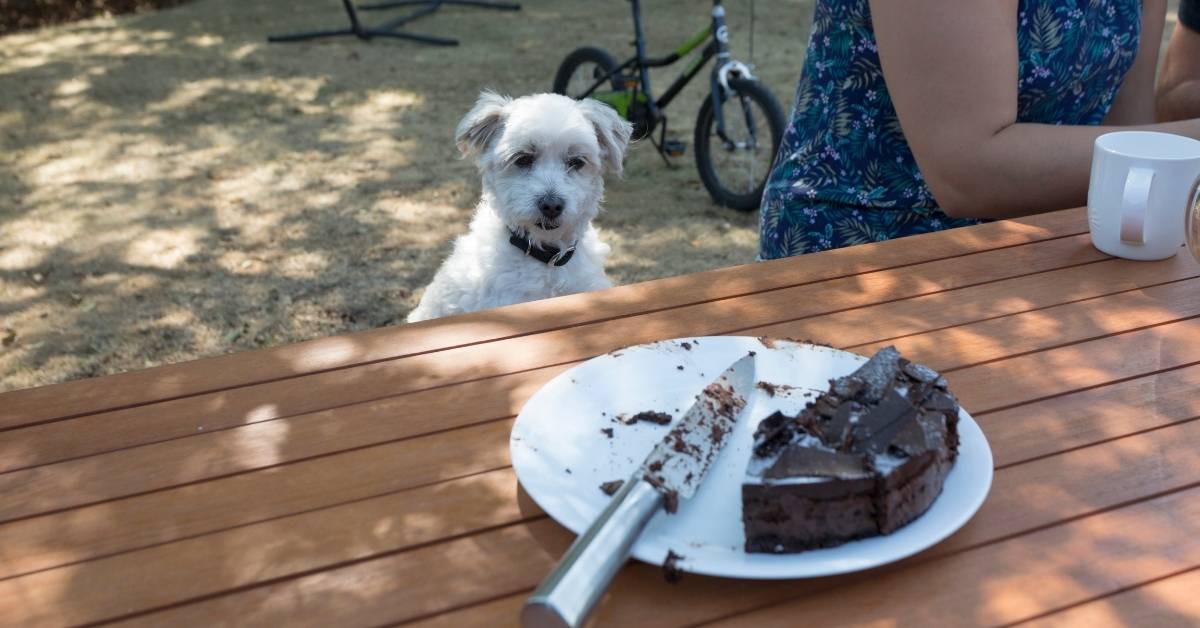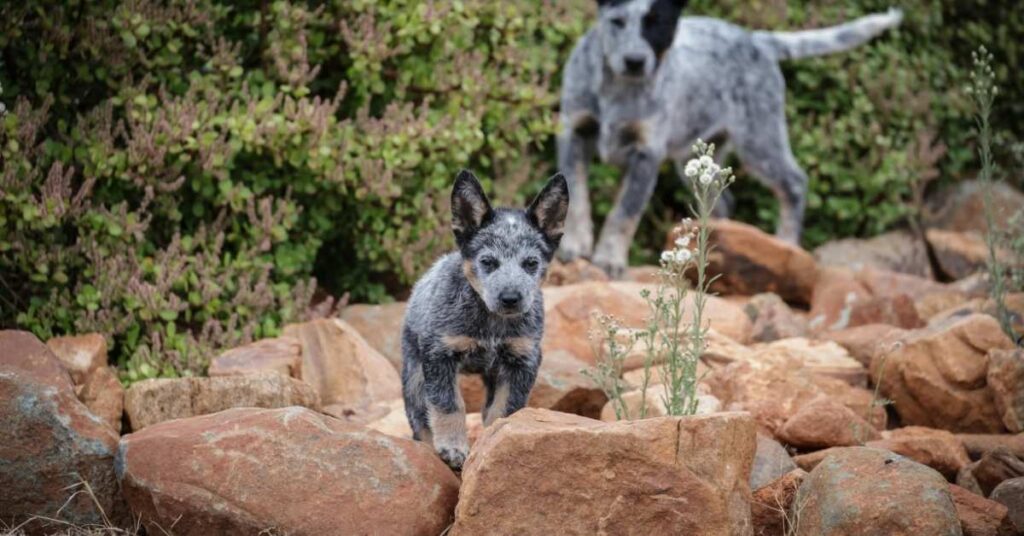Now Reading: My Dog Ate Chocolate But Is Acting Fine: What’s Next?
- 01
My Dog Ate Chocolate But Is Acting Fine: What’s Next?

My Dog Ate Chocolate But Is Acting Fine: What’s Next?
You just caught your pup nibbling on chocolate, but he’s acting totally normal. Should you worry? You’re not alone in Googling “My dog ate chocolate but is acting fine.” Let’s break down exactly what this means and what you should do next.
This guide will help you understand why chocolate is dangerous, what symptoms to look for, and whether your pup needs a vet ASAP.
Why Is Chocolate Bad for Dogs?
You might wonder, why is chocolate bad for dogs in the first place? It all comes down to two substances: theobromine and caffeine. These are found in all types of chocolate. While humans can metabolize them easily, dogs cannot. The result? A buildup of toxins in their system that can lead to vomiting, tremors, seizures, and even death in severe cases.
This toxicity builds over time. So even if your dog seems fine after eating chocolate, the effects may not show up for 6 to 12 hours.

How Much Milk Chocolate Can Harm a Dog?
The danger level depends on three things:
- Your dog’s weight
- The type of chocolate
- The amount eaten
Here’s a quick breakdown:
- Milk chocolate: About 0.5 oz per pound of body weight can be harmful.
- Dark or baking chocolate: Much more toxic — as little as 0.13 oz per pound can be dangerous.
So, if your 30 lb dog eats one square of milk chocolate, chances are they’ll be okay — but don’t assume. Use a toxicity calculator or call your vet to confirm.
My Dog Ate Chocolate But Is Acting Fine – Is It Safe to Wait?
It might be tempting to say, “He looks fine, so he must be fine,” but that’s risky. Theobromine takes hours to reach peak levels in a dog’s system. Symptoms can be delayed. Some dogs have strong stomachs; others may react severely to small amounts.
So, even if your dog is wagging his tail and begging for belly rubs, it’s still smart to take action.
You May Also Like: Pet Odor Eliminators that Actually Work: Freshen Up Your Home!
What to Do If Dog Eats Chocolate
If your dog eats chocolate, don’t panic — but do move quickly. Here’s your step-by-step:
- Stay calm – dogs can pick up on your energy.
- Figure out what kind of chocolate and how much was eaten.
- Know your dog’s weight – this is critical for calculating the risk.
- Call your vet – report all the details: weight, type and amount of chocolate, and when it was eaten.
- Follow your vet’s advice – they may suggest monitoring, inducing vomiting, or a vet visit depending on toxicity.
Even if you think the amount is low, checking with a professional gives you peace of mind.
Symptoms of Chocolate Toxicity
You may not see signs right away, but here’s what to look out for within the next 6 to 12 hours:

- Vomiting and diarrhea
- Heavy panting
- Restlessness or hyperactivity
- Muscle tremors
- Seizures
- Increased heart rate
- Excessive thirst or urination
These symptoms can last up to 72 hours. If you notice any of them, contact your vet immediately.
What Happens at the Vet?
If the vet determines that treatment is needed, here’s what might happen:
- Inducing vomiting to remove chocolate from the stomach
- Activated charcoal to prevent further absorption
- IV fluids to support kidney function and flush toxins
- Medications to control symptoms like tremors or seizures

In most cases, dogs recover well with prompt treatment.
Must Read: Why My Dog Has Diarrhea But is Acting Fine: 7 Possible Reasons
When You Might Not Need to Worry
If your dog ate a very small amount of milk chocolate and is a larger breed, chances are the risk is low. But it’s still smart to call your vet or a pet poison control center just to confirm. Every dog is different. Some are more sensitive than others.
How to Prevent This in the Future
Let’s face it — dogs are sneaky. The best way to avoid this scare again is prevention:
- Keep chocolate out of reach — especially during holidays
- Never leave candy on low tables or in bags on the floor
- Teach your dog the “leave it” command
- Offer dog-safe treats instead, like carob biscuits
Dogs are curious creatures, and chocolate just smells too tempting.

Quick Recap: What to Do if Your Dog Eats Chocolate
| Question | Answer |
| My dog ate chocolate but is acting fine – what do I do? | Call your vet and monitor for delayed symptoms |
| How much milk chocolate can harm a dog? | Around 0.5 oz per pound of body weight |
| What are signs of chocolate toxicity? | Vomiting, tremors, hyperactivity, rapid heartbeat |
| How long until symptoms appear? | Usually between 6 to 12 hours |
| Is dark chocolate worse than milk chocolate? | Yes — it contains more theobromine |
Final Thoughts
If you’re thinking, “My dog ate chocolate but is acting fine,” don’t let that fool you. Just because there are no signs now doesn’t mean you’re out of the woods. It takes hours for chocolate toxicity to show up. When it comes to your dog’s health, it’s always better to be safe than sorry.
So grab your phone, call your vet, and take action. Your pup may have dodged a bullet — but your next move could make all the difference.
FAQs
Yes. It’s always a good idea to check with your vet, especially if you don’t know the exact amount eaten.
Even a few ounces could cause mild symptoms. Around 10 oz or more may lead to serious issues. Always calculate based on your dog’s weight.
Call an emergency vet clinic. Many offer 24/7 advice. Don’t wait until morning — the sooner you act, the better the outcome.
Humans metabolize theobromine quickly. Dogs process it much slower, allowing it to build up to toxic levels.













